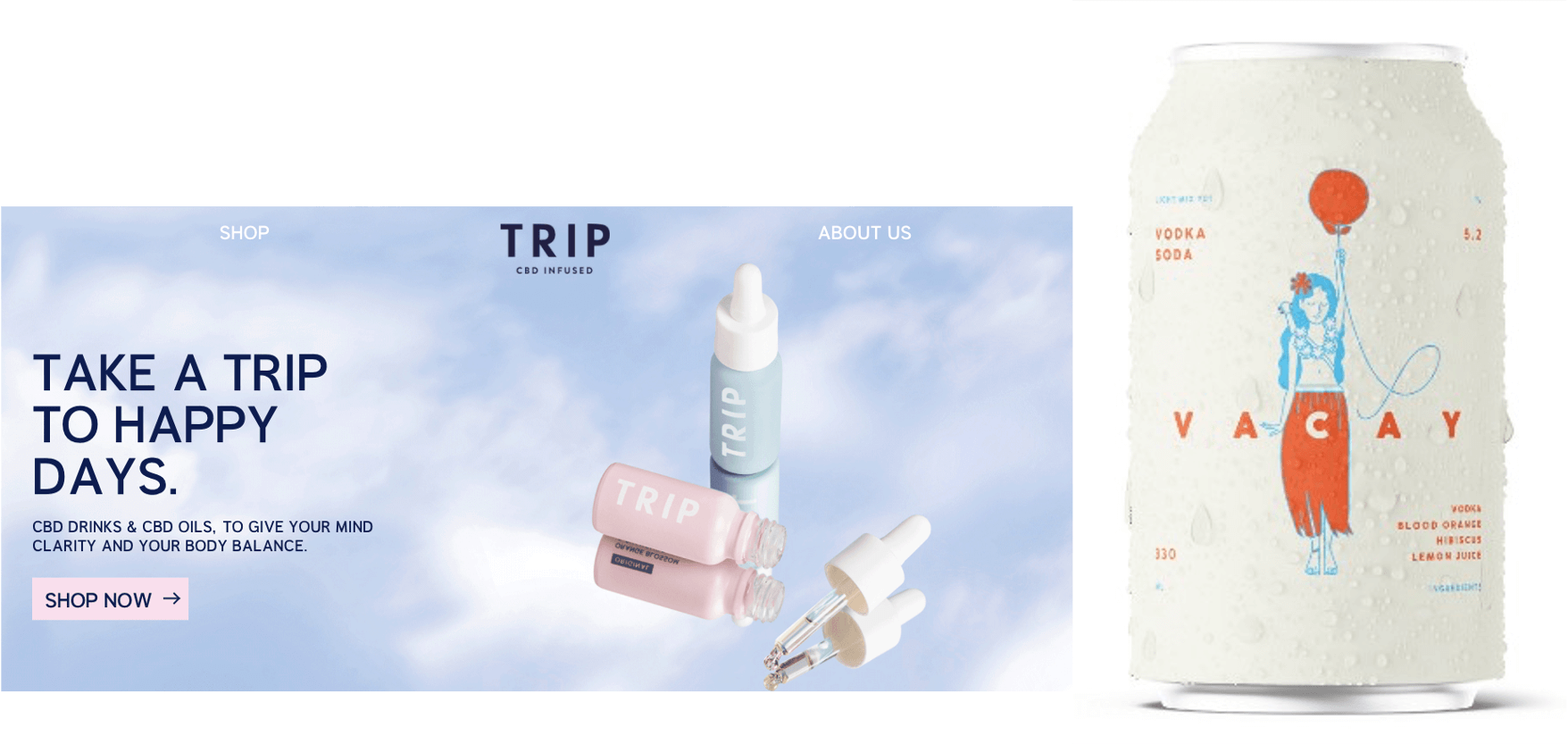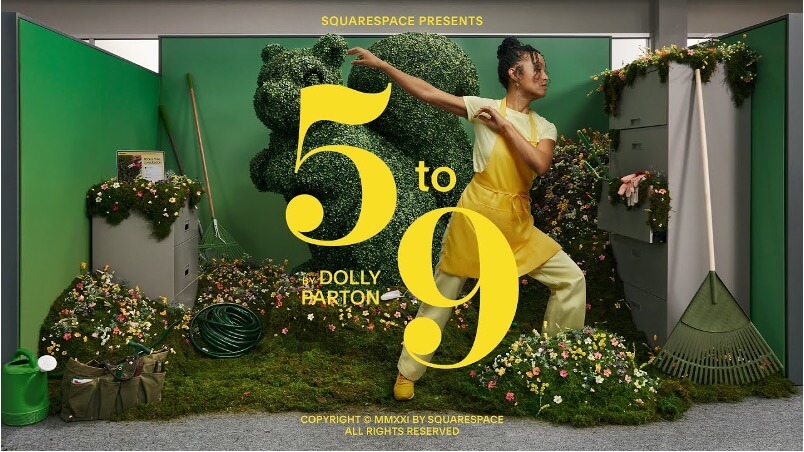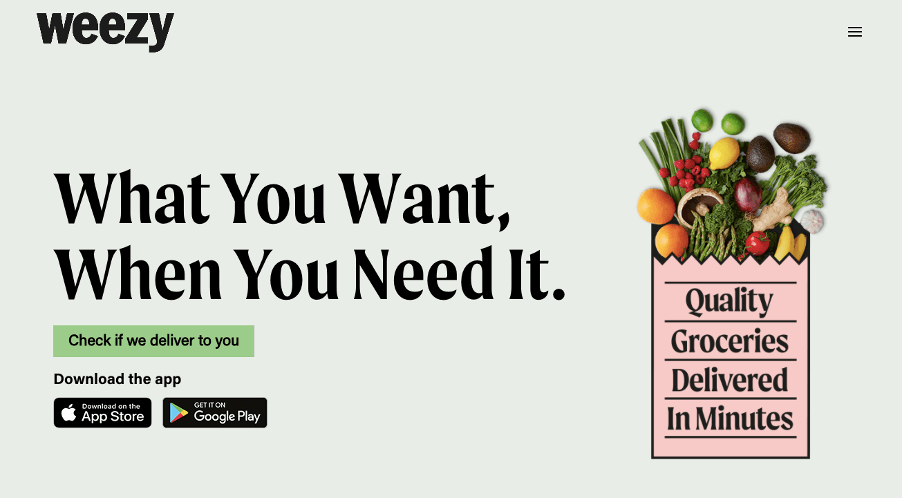Our Thoughts
Time Changes with Culture How Brands and Consumers can find each other well in these “strange times”
Time is a cultural construct, rooted in our behaviours, language, attitudes and social systems. The coming of Daylight Saving Time (28th March in the UK) encapsulates the fluid status of ‘time’ well. The practice of advancing clocks was conceptualised around the turn of the 19th century, prompted by the need to save energy for lighting, and to afford more daylight for working hours. (The earliest proponent of DST was George Hudson, an entomologist seeking more time to go bug-hunting.)
Our relationship to time, and work, has changed vastly during the past year. “What day is it?” became the new water cooler greeting (except the water cooler was a Zoom call), and emails referred to these “unpredictable times”, creating a sense that we’re all greeting this new, shared era together.
Culture changes with time, but time itself changes according to culture. This article takes a look at ways brands have used the concept of time to attain contemporary relevance, finishing on 3 key takeaways for brands.
Building A Moment
Several brands have managed to centre their product on a temporal moment. Aperol Spritz is often synonymous with aperitivo; “Pimm’s O’Clock” rolls around on British Summer afternoons, and Kit Kat have defined the “break” moment. These marketing moments tend to approach time as a shared construct – the after-work drink taking place at the same time for everyone who participates in it, for instance.
But since we started spending more time at home, the concept of such shared, neatly demarcated borders between work/life has become more fluid. With time less fixed, brands creating a ‘moment’ tend to playfully evoke a feeling and a place, rather than focusing on a certain time. Beverages brand Kin Euphorics highlight the power of imagination, with comms inviting you to “unlock your dream state” and “take a mental trip around the sun”.
 Similarly, brands such as ‘Trip’ CBD and ‘Vacay’ focus on cues of vicarious travel and vacation. Trip’s website invites consumers to “take a trip to happy days”, against a backdrop of a blue sky. Vacay cocktails in cans feature signals of uplift – balloons, gentle colour palettes, language of “refreshment” – and its product descriptors claim: “not just for refined moments”.
Similarly, brands such as ‘Trip’ CBD and ‘Vacay’ focus on cues of vicarious travel and vacation. Trip’s website invites consumers to “take a trip to happy days”, against a backdrop of a blue sky. Vacay cocktails in cans feature signals of uplift – balloons, gentle colour palettes, language of “refreshment” – and its product descriptors claim: “not just for refined moments”.
 Rather than attempting to create a totally shared, unifying moment, these brands focus on versatility and personal experiences of time and occasion. Paying attention to the shifts in ways people spend, define and represent their time, and embracing differences/variability, is a vital part of resonant moment marketing.
Rather than attempting to create a totally shared, unifying moment, these brands focus on versatility and personal experiences of time and occasion. Paying attention to the shifts in ways people spend, define and represent their time, and embracing differences/variability, is a vital part of resonant moment marketing.
5 to 9?
In their 2021 Super Bowl commercial, Squarespace spotlighted the rising culture of the side-hustle, reworking Dolly Parton’s ‘9 To 5’ as ‘5 To 9’. Parton sings:
Working 5 to 9… cuz it’s hustlin’ time
A whole new way to make a livin’… 5 to 9
You keep working working working.
 The ad anthem shines a light on working ‘on your time’ – tapping into a desire for personal control amidst a year of vast uncertainty.
The ad anthem shines a light on working ‘on your time’ – tapping into a desire for personal control amidst a year of vast uncertainty.
Unsurprisingly, however, many felt the ‘5 to 9’ angle represented a more dystopian than utopian prospect. Social media culture in 2020 was marked by pressure to be our best selves during lockdown: maximising every moment by learning a new language, working out, promoting a side gig, and so on. Squarespace represented an entirely upbeat, rosy picture of using personal time as ‘work time’ – one that was out of touch with many cultural conversations around the pressure (both financial and lifestyle-based) to use our spare time to bring in income.
On Your Time
Across e-commerce and delivery-based brands (e.g. meal kits), we can see a rising emphasis on getting what you want on your own time. More and more delivery services shift to letterbox-friendly packaging, from wine to flowers, indicating our growing preference for personal convenience and choices. Similarly, Grocery delivery brand Weezy focuses its marketing on speed, and getting “What You Want, When You Need It”.
 E-commerce is starting to mean real-time updates and highly customised convenience. Amazon Fresh is opening stores you can ‘just walk out of’ without going through a cashier point, pointing to the rise and appeal of efficient time management above all else.
E-commerce is starting to mean real-time updates and highly customised convenience. Amazon Fresh is opening stores you can ‘just walk out of’ without going through a cashier point, pointing to the rise and appeal of efficient time management above all else.
This focus on maximising time, however, is often well balanced by a human, personable touch. With an informal brand TOV, Weezy ads dial up the idiosyncrasies of our food cravings – e.g. “Current Mood: Châteauneuf du Pape and Haribo.” Letterbox flowers brand Bloom & Wild have committed to Thoughtful Marketing, enabling consumers to opt-out of sensitive occasion-based comms (e.g. Mother’s Day). Pairing cues of convenience with thoughtful approachability points to the rise and importance of empathy, as much as time-efficiency, over the last year.
3 key takeaways for brands
- When identifying a time-based brand occasion, embracing flexibility and more vicarious, self-defined moments can help your brand connect with more people.
- As work/leisure becomes blurred, people still want to have control over their time – and the concept of ‘free time’ becomes much more valuable.
- The appeal of speed & efficiency can be well-balanced by a focus on the emotional benefits of giving people more time to do what they want.
Katrina Russell, Project Director

